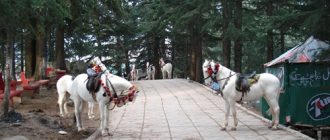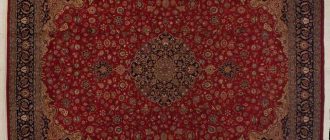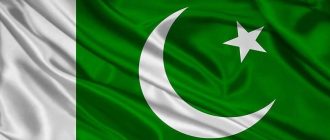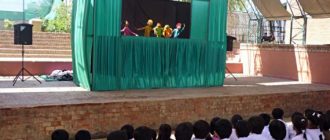Would you like to learn about traditional Pakistan fashion and know how you can buy them from home? Then read our guide for more facts and information…
Pakistani fashion industry
The Pakistani industry has grown over the years and has allowed the traditional wear to be introduced to the world. The fashion designers incorporate international trends in the traditional clothes which showcase a mix of culture and modern wear. The latest trends include wearing traditional and western pieces to create unique and fashionable outfits.
The film industry, internet and media have played an immense role in the boom of the fashion industry. Fashion weeks were introduced in the country in 2009 and today the shows host designers from across the border. Today the industry is recognized on the fashion world map due to the creativity of the designers and stylists. Many designers such as HSY, Deepak Perwani and Karma have taken part in international shows which builds a soft image of the country.
Traditional Pakistani clothing
Pakistani and Indian clothing are very similar as these nations shared one culture for many years before partition. Pakistani clothing also has its roots in central Asia and Middle East including Uzbekistan, Iran, and Turkey among others. Although there are some traditional clothing items yet with time the Pakistani have adopted dresses from other cultures and countries.
Shalwar Kameez is the national dress of Pakistan and is worn by Pakistanis across the country yet each province has its own style of wearing the dress. They come in different designs, colors and materials including silk, chiffon, cotton and lawn.
Regional clothing
The dressing is different across the four provinces which represents the unique cultures of the areas. In Sindh people wear shalwar kameez with a Sindhi cap. In addition Sindhis wear the Ajrak which is a form of block printing by stamps that comes in a wide array of colors. It has evolved to represent the Sindhi culture. The women also incorporate the Ajrak as a dupatta or a stole and wear traditional bangles.
The people living in Balochistan wear shalwar kameez made from think material to protect themselves from the harsh dry weather of the Kharan desert. The mean wear the Balochi turban is a long white cloth worn as a headgear for sun protection. Balochi women wear heavily embroider shalwar kameez usually with mirror work along with a stole known as the dupatta.
The Punjabi men wear shalwar kameez with a dhoti kurta which is a loose shirt that suits the climate. While the Punjabi women wear plain shalwar kameez as they are involved in the farming along with their husbands. They wear a special hair ornament known as the paranda which ties in the braid.
In Khyber Pakhtunkhwa the people wear shawls made from different materials to keep them warm such as the shahmina and shahtoosh which are made from wool. The women wear a Kashmiri style shirt which has embroidery on the front and is made from wool.
Women’s clothing
The Pakistani women have a lot of variety when it comes to clothing in terms of colors, designs and styles. The culture is buying the material and getting it stitched from the tailor instead of buying off the rack which is more expensive.
Other than the shalwar kameez Pakistani women wear other traditional dresses on special occasions. One popular style is the lehenga which is similar to a skirt but has more flare and embellishment. Similar to the lehenga are the sharara and gharara are worn in weddings and are different in the way the material is stitched. Dupatta is an essential part of the attire and is considered as sign of respect and modesty. However the latest fashion followers wear the dupatta occasionally.
Pakistani Menswear
Pakistani men wear the traditional shalwar kameez with added accessories including waistcoats and caps of different styles. The sherwani is a popular item which resembles a long coat and is worn over the kameez to add more structure to the outfit.
Traditional Pakistani footwear
The truly traditional Pakistani footwear is known as the khussa which originated from Indian Punjab province during the Mughal era. Pakistani craftsmen have been making the traditional khussa worn by men and women for generations.
The Lahore Museum houses a range of archaic shoes including the khussas which were popular in ancient times. Despite it being centuries old the khussa has proved to be one article of fashion that continues to remain in style and is worn by adults and youngsters alike. It is made across the country and comes in many designs such as embroidery, beaded, sequins and studded work.
In the villages the khussas are made on order for the working class who associate comfort and durability with the show. Today the khussa is worn in formal events in weddings particularly the Mehndi where girls wear traditional shalwar kameez and khussa. On the wedding day the groom wears the khussa along with the sherwani which is a traditional dress for the groom.
Women’s khussa shoes come in many colors and designs, made from soft leather that is comfortable to wear. It is worn with shalwar kameez and churidar dresses. Men’s khussas are also made from leather and are hand stitched. The most famous is the royal style which is popular because it can be worn with any casual and formal attire.
Today traditional Pakistani fashion is not restricted to the country but has a global reach through technology. The culture of ecommerce has allowed any one to buy traditional Pakistani clothes and shoes from anywhere in the world with a click of a button. Happy shopping!





